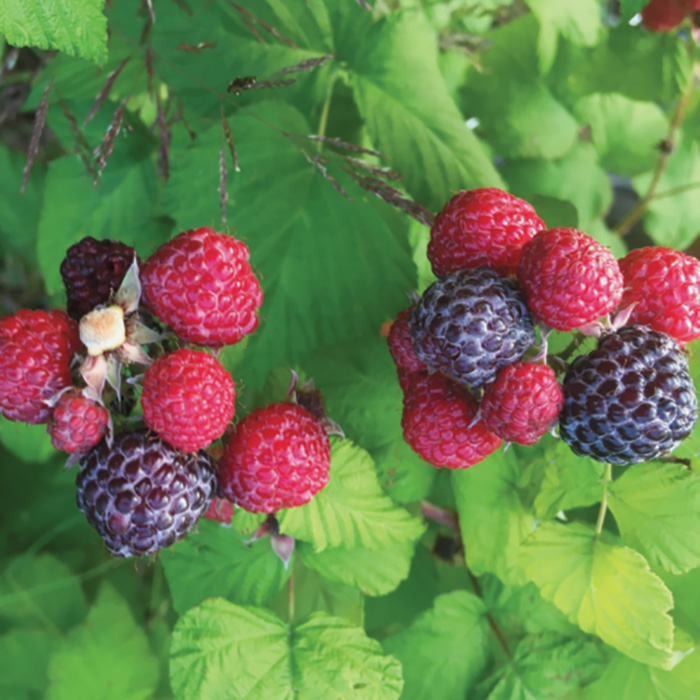Occasionally, going for a bike ride means coming home smelling like onions. On a recent warm spring afternoon, 10 minutes into a mountain bike ride around Stowe, a bright patch of wild ramps stopped us in our tracks. The shin-high green leaves of these delectable scallionlike alliums (indigenous Abenacki people called them winooski) carpeted the forest floor in all directions. In awe of nature’s abundance,we decided to circle back to this spot at the end of our ride.
Back on the trail,we immersed ourselves in the fields and forests of a broad valley, now on the lookout for tasty treats emerging from the soil. After a few more turns, we spied a patch of stinging nettle. Stopping for a stretch break, we rolled the jagged leaves between the palms of our hands to dissolve the little hairs growing on the underside of the leaves that can sting your skin.We’ll occasionally feel the tingles of a few stray hairs on our tongues and fingertips — but it’s a small price to pay for the delicious flavor of this highly nutritious spring green. Feeling refueled, we prepared for a long climb into the hills.
Our afternoon ride had turned into a spur-of-themoment treasure hunt for dandelion greens, garlic mustard, wintercress, fiddlehead ferns, and knotweed shoots. Rolling along a winding path under sapphire skies,we couldn’t help but think ofwhat a good friend and avid forager once told us: “You are what you eat: wild and free.”
Our foraging habits are rooted in our love for exploring the outdoors as much as they are in our desire for the nutritional and medicinal qualities that forest plants provide. It’s a great excuse to go for a hike or bike ride, discover new terrain, and tune into the landscape around us. Foraging turns our attention to the weather, ground conditions, vegetation, slope orientation, and elevation in a way that very few other activities do (an exception being the pursuit of untracked powder snow while backcountry skiing and riding). Even if you go home empty-handed, the experience is always an adventure.
If you’re new to foraging, consider consulting an in-the-know friend about where to find the goods. Just don’t be surprised if they blindfold you first—the best foraging spots are often kept secret to prevent overharvesting.
Then pack as if you are heading out for a hike, study up on responsible harvesting practices (see sidebar), and most importantly, learn to identify the species you’re seeking. Before long, you’ll be roasting your own ramps, blending freshly-picked greens and mushrooms into your favorite dishes, and whipping up wild raspberry cobbler for dessert.Happy foraging!






